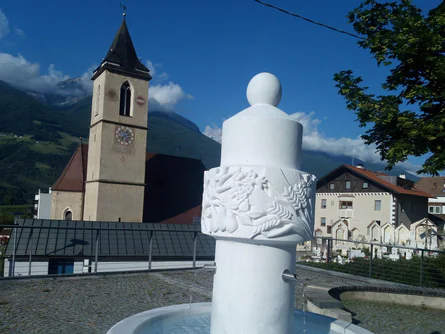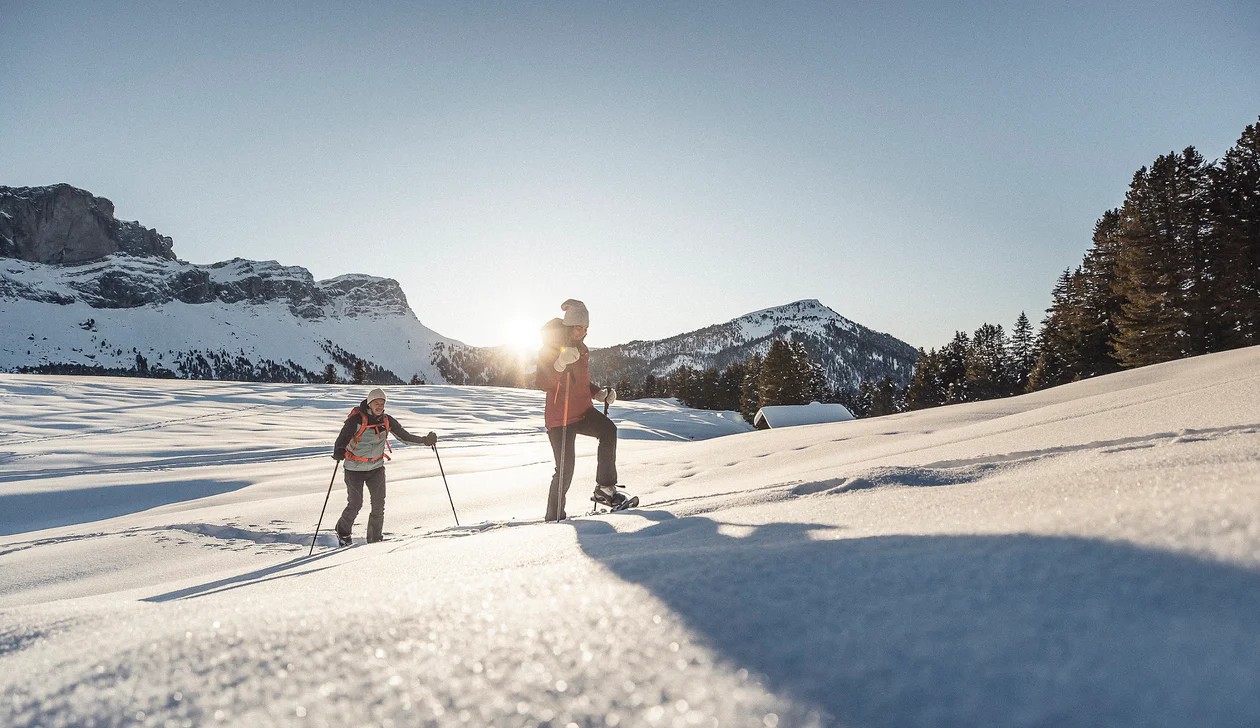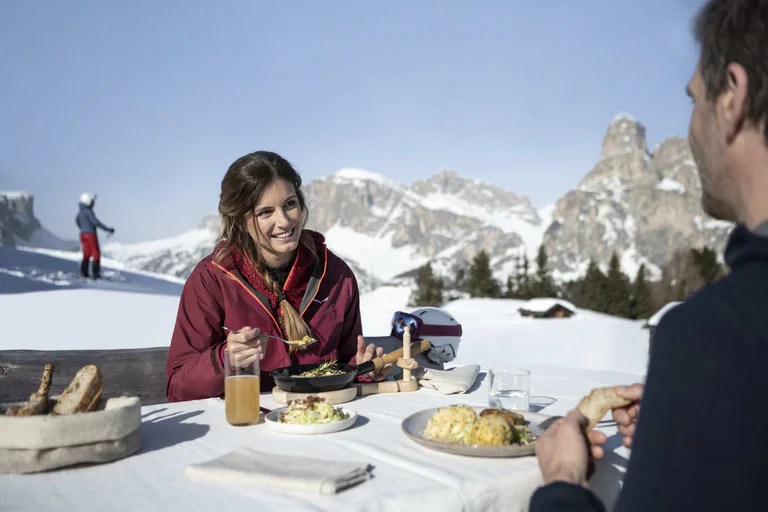The church is dedicated to St. John the Baptist although it isn't possible to determine the year in which it was built with any degree of certainty. The 16th Century gothic polyptych, together with the 'versus populum' marble altar by the sculptor Karl Grasser, the magnificent window by Robert Scherer and the wooden figure of the Pietá are all of particular interest.
Worship Sat 7.30 pm, Sun 9.45 am in German language

































































